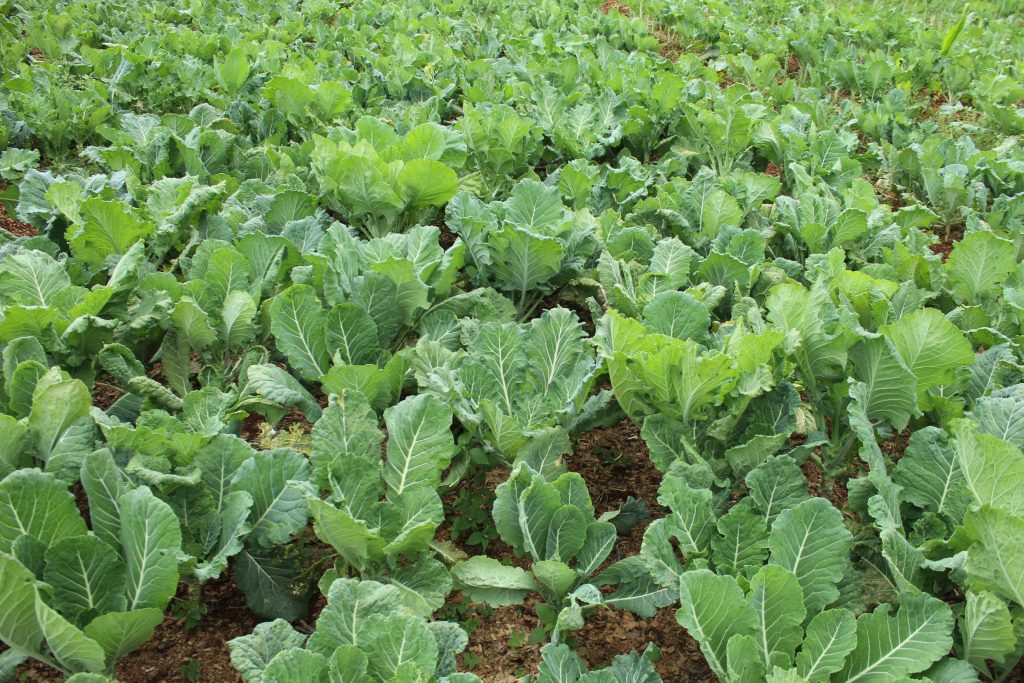Dry yellow and dusty fields, acute malnourished humans and livestock, skyrocketing hunger-related death,s and dead trees best describe the situation in Kenya, with the number. A report published by the United Nations in 2022 revealed that approximately 4.4 million Kenyans are likely to face hunger between October 2022 and January 2023.
Dry yellow and dusty fields, acute malnourished humans and livestock, skyrocketing hunger-related death,s and dead trees best describe the situation in Kenya, with the number. A report published by the United Nations in 2022 revealed that approximately 4.4 million Kenyans are likely to face hunger between October 2022 and January 2023.
It is because of this that Buckner Kenya partnered with Foundations for the Farming organization in Zimbabwe to empower, implement and evaluate the practice of modern farming techniques, after undergoing a one-week training session in Zimbabwe. The organization works towards meeting the United Nations Sustainable Development Goal of zero hunger by empowering its employees, local leaders, and beneficiaries in conservation agriculture. This is a new mode of farming that increases yields while reducing production costs, maintaining soil fertility, and conserving water.
“Conservation agriculture is a way of achieving sustainable agriculture and improving livelihoods, especially among smallholder farmers. We seek to empower families from the communities in which we operate so that they care for children since Buckner Kenya focuses on children. Most farmers here are small-scale farmers, hence the need to leverage their agricultural practices and build their capacities to ensure food security and profitability within their households,” said Atanus
According to Atanus, Buckner has installed demonstration farms in all the programs and will act as learning resources for the community.Principles of Conservation Agriculture
Minimal Disturbance of the soil. This involves planting direct into the soil, without hoeing or ploughing. Tillage is reduced to ripping planting lines or making holes for planting with a hoe.
Keeping the soil covered as much as possible. Mulch, special cover crops and/or crop residues left on the field protect the soil from erosion and limit weed growth throughout the year. This is opposed to conventional farming practices, whereby farmers remove, burn crop residues, or mixes them into the soil with a plough or hoe. Therefore, the soil is left bare, so it is easily washed away by rain, or is blown away by the wind.
Mixing and rotating the crops. Planting of the same crop each season – as sometimes practiced in conventional farming is minimized by planting the right mix of crops in the same field, and rotating crops from season to season. This allows a breakdown of survival and multiplication cycles of pests, diseases and weeds resulting in higher yields and maintenance of soil fertility. Moreover, small holder farmers can be trained to prepare their own fertilizers and natural pesticides thus reducing the cost of production.Story by Atanus Mzee and Bertha Lutome
Buckner Kenya aims at sensitizing family coaching clients to adopt the modern farming practice to ensure there is food security.
